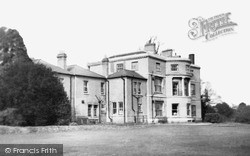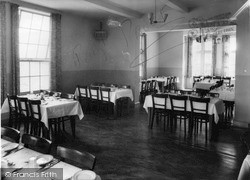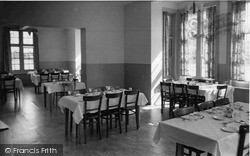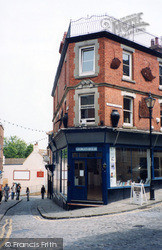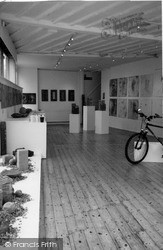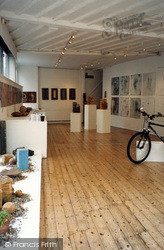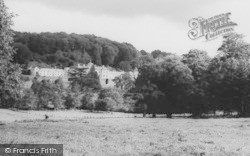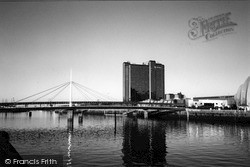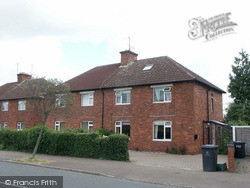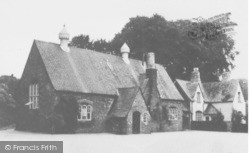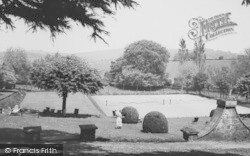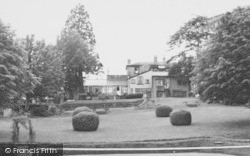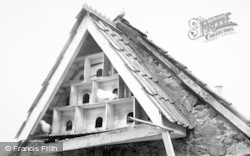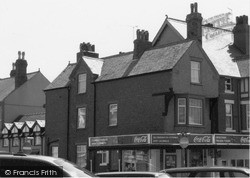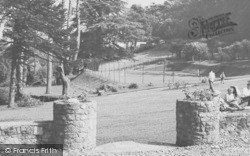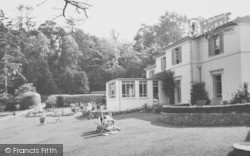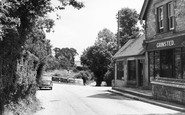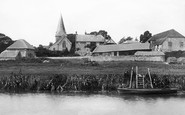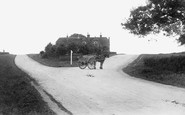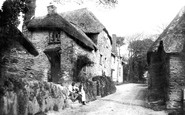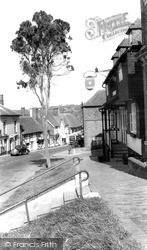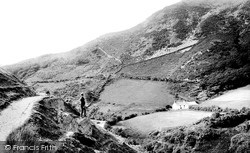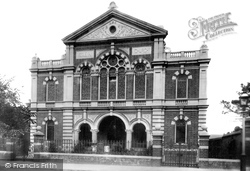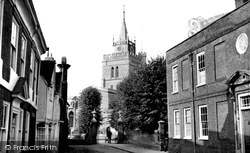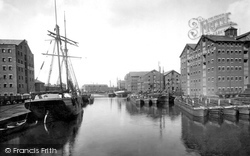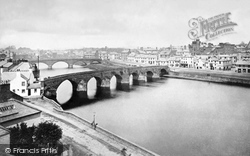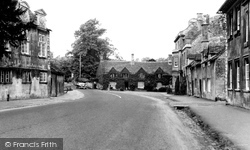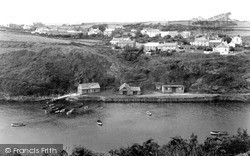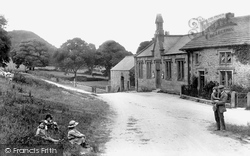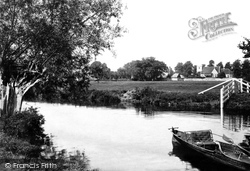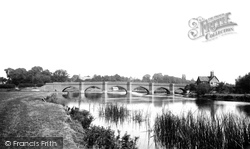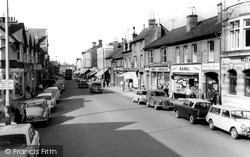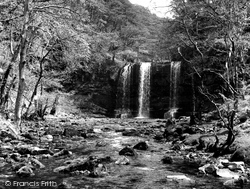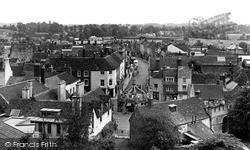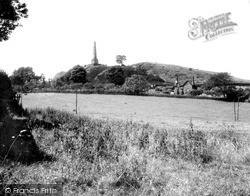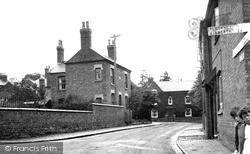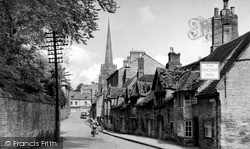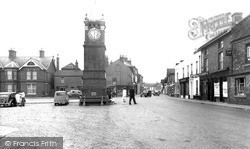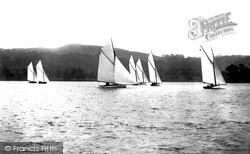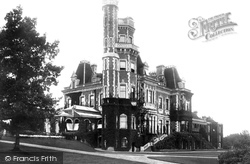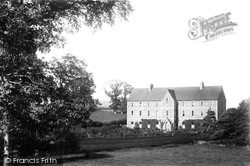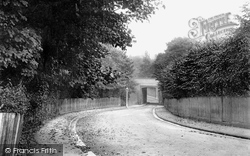Places
36 places found.
Those places high-lighted have photos. All locations may have maps, books and memories.
- Chatsworth House, Derbyshire
- Osborne House, Isle of Wight
- Brambletye House, Sussex
- Ickworth House, Suffolk
- Kingston Lacy House, Dorset
- Boscobel House, Shropshire
- Preshute House, Wiltshire
- Bolton Houses, Lancashire
- Brick Houses, Yorkshire
- Quaking Houses, Durham
- Water Houses, Yorkshire
- Bottom House, Staffordshire
- New House, Kent
- Mite Houses, Cumbria
- Lyneham House, Devon
- Church Houses, Yorkshire
- Dye House, Northumberland
- Spittal Houses, Yorkshire
- Street Houses, Yorkshire
- Tow House, Northumberland
- Halfway House, Shropshire
- Halfway Houses, Kent
- High Houses, Essex
- Flush House, Yorkshire
- White House, Suffolk
- Wood House, Lancashire
- Bank Houses, Lancashire
- Lower House, Cheshire
- Marsh Houses, Lancashire
- Chapel House, Lancashire
- Close House, Durham
- Guard House, Yorkshire
- Hundle Houses, Lincolnshire
- Hundred House, Powys
- Thorley Houses, Hertfordshire
- School House, Dorset
Photos
7,776 photos found. Showing results 5,081 to 5,100.
Maps
370 maps found.
Books
1 books found. Showing results 6,097 to 1.
Memories
10,360 memories found. Showing results 2,541 to 2,550.
Nans House
Mr grandparents lived at 80 Dudley Road. This property was many years earlier a public house (I think it was called the Raven or the Blackbird). It was next to the railway line. To this day it has helped to give me a love of steam engines. I ...Read more
A memory of Lye in 1962
Hilton Village
My father, Dennis Jepson, lived in Hilton, at the time the Manor was still in operation. He remembered having to doff your hat to the Lord of the Manor, if he were seen in the streets of Hilton. My father was about 8 at ...Read more
A memory of Hilton by
Memories Of Stanford Le Hope
I too have many memories of Stanford-le-Hope. I was born in Orsett hospital. My mother came from South Wales whilst my father came from Ashford in Middlesex. The reason they came to live here was my aunt and ...Read more
A memory of Stanford-le-Hope
Wrens Warren Camp School
In 1949 I was a pupil at Wrens Warren Camp School near Colemans Hatch. The school was housed in long huts which I believe to have been used in the war. It was a school for children who had been ill and needed some ...Read more
A memory of Colemans Hatch in 1949 by
My Father Worked At This Shop
My father Ron Burchell worked at the shop seen in this photograph. The Burchell family had lived in the village for generations. The owner of the shop was Edward Grinstead and his wife Millie who was my godmother. ...Read more
A memory of Bury in 1940 by
Bury Church And Ferry
On this picture you can see the steps used by the ferry man from the 1920s to the 1940s. He used a pole to steer the punt from the Bury bank to the Amberley bank. The punt was attached to a chain which stretched across the ...Read more
A memory of Bury in 1940 by
My Days At Salfords School
I was at the old Salfords school from 1951 to 1957 just before it moved to the new site in Copsleigh Avenue. We started in Miss License's class where I remember playing in sand trays and writing on slates. She was a very ...Read more
A memory of Salfords in 1951 by
This Was My Home In 1969 For A Few Years.
I used to live in the first house on the left side of the photo 'Thurlestone Cottages 1890', in 1969 for a number of years. The house was then called 'Thatchways'. The smaller cottages attached to the main ...Read more
A memory of Thurlestone in 1969 by
Lords Saddle & Harness Makers
My ancestors lived in Thrapston from the early 1800s to 1917. They were saddle and harness makers, does anyone have any pictures of the shop? I believe it was near to the King's public house.
A memory of Thrapston in 1900 by
Evacuee
I was an evacuee in Middlestown in WWII, from East London. The first time was with my Mother and we were billeted in a small cottage which backed on to a barn belonging to a farm run by Mr and Mrs Cowan. We were there for approximately a ...Read more
A memory of Middlestown in 1943 by
Your search returned a large number of results. Please try to refine your search further.
Captions
6,977 captions found. Showing results 6,097 to 6,120.
At Abbey Farm the remains of a Cistercian abbey are now part of a house and farmyard. The area is noted for making high quality cricket bats from locally-grown willow trees.
The house opposite is Nant Myniawyd.
The setting is not as good as it was in the 1890s, for the houses to the right, out of view, were replaced by awful 1960s shops with offices over.
On the left are Hickman Charity houses; the jettied timber-framed cottages were bought and refurbished in the 1980s, and the timber-framing exposed. On the right is the old Grammar School.
The Llanthony warehouse is on the right, housing Wait James and Company; similar companies would store salt and grain from all over the world, and even hire out sacks.
Robert Burns came to the town in 1791 and lived with his wife and family in a house in Millhole Brae. Burns died in 1796 at the age of 36 and is buried in St Michael's Church.
Rich merchants and tradesfolk built houses for themselves along the town's streets, which is why grand dwellings and humble cottages can be seen cheek by jowl.
Solva was to become a haven for pleasure boats, and many of its houses were to become smartened up as holiday cottages.
Because of its obscurity, this hamlet by the river Hodder was chosen by the Quakers as the site for their Friends' Meeting House, which was also used as a school in 1767 (right, with the tall belfry).
Hidden by the trees to its left is Culham Manor, a fascinating house; its core is a 15th-century grange of Abingdon Abbey.
George Gilbert Scott certainly transformed the village, 'restoring' the church, rebuilding the manor house and building the school.
The house, which was at one time the largest building in the north of England, was built by Sir Nicolas Sherburn (Shirburn) around 1690.The estate was left to a cousin (named Weld) who gave it to the
After them is Plum`s restaurant and the Three Tuns public house. The names of the shops may have changed today, but the roof line is still recognisable.
The isolated community of Ystradfellte only has an ancient church, a pub, and a few houses, but it is surrounded by some of the most magnificent limestone scenery in Wales.
On the far right is the turreted gateway leading to the abbey, the Blind House or the Lock-up built in the late 18th century, and known as the Tolsey.
Originally there were four lions guarding the base of the monument, but a lightning strike in 1839 sent them crashing into the gardens of the houses below, and they were never replaced.
There are several nice late 18th- and early 19th- century houses in the village, such as the one facing the camera. The camera proves to be a magnet to two small boys (extreme right).
A boarding house of Oakham School is behind the pump surrounded by railings.
Of the long terrace of 17th-century cottages on the right, only the former Anchor Inn remains, dated 1637 and now a private house.
The white building beyond now houses pizzas and kebabs, accountants, and antiques. The corner stationer's is still just that. The market day is Friday.
Sailing was one of the favourite pastimes of the wealthy late 19th-century 'off-comers' who built houses close to the shore of the lake. The club was formed in 1860 as the Windermere Sailing Club.
The house was demolished in 1951. Seaside and Coastal Sussex: From Bosham to Rye
The cottages fronting the field now look out onto houses built on the field. Francis Frith's Sussex A Century Ago
Since the photograph was taken, houses have been built to the right, and a block of flats to the left. The bridge now has a metal mesh balustrade, but the cast-iron spans are unchanged.
Places (80)
Photos (7776)
Memories (10360)
Books (1)
Maps (370)





